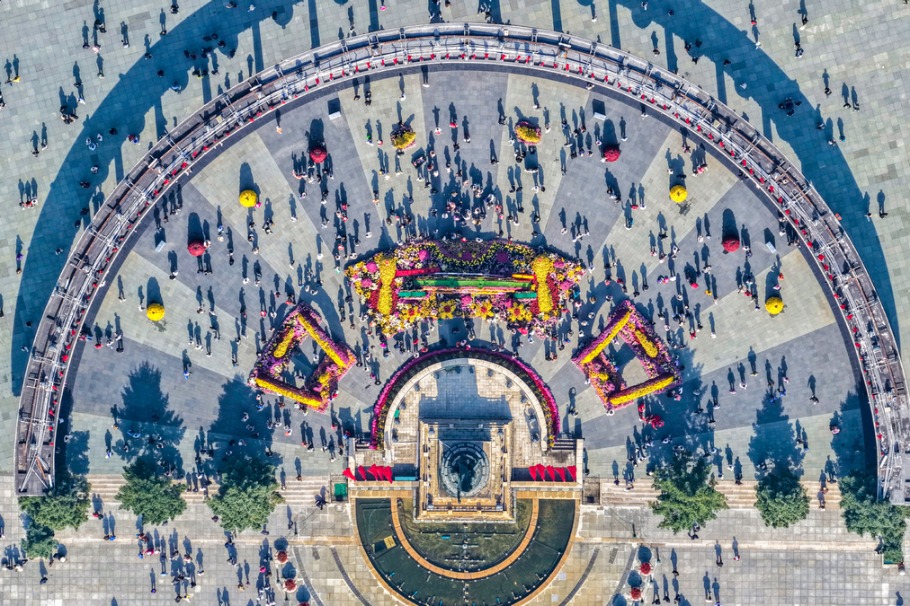Scientists look at eyes to foresee age-related diseases


Chinese scientists have proposed using the quality of the eye, termed "LensAge", to predict the risk of major diseases.
Lin Haotian, a professor at Guangzhou-based Zhongshan Ophthalmic Center of Sun Yat-sen University, and his team published their research in the magazine Nature Communications on Nov 6.
"The research result provides innovative medical technologies and service models for intelligent health management and improves the level of prevention, control and treatment of age-related diseases," Lin said, adding that it has great significance in preventing diseases and death.
Aging is closely related to the health status of the body and the risk of disease, and global population aging is becoming increasingly severe, making the assessment of aging levels crucial for health management, he said.
According to official estimates, the number of people aged 60 or above worldwide is expected to triple from 2017 to 2100, reaching 3.1 billion.
However, aging is influenced by multiple factors such as genetics, environment and lifestyle, according to Lin. Thus a simple chronological age cannot accurately reflect individual aging, and individuals at the same chronological age may have different aging rates.
Biological age is an important quantitative indicator for aging assessment, but there is a lack of convenient and efficient evaluation methods at the moment, Lin said.
"LensAge" examines characteristic changes to the lens in the eye during aging, such as cataracts, which can be easily and objectively captured by imaging examinations, making it an important window for evaluating aging, according to Lin's research findings.
To this end, Lin's team successfully developed the biological age intelligent assessment technology based on large sample images of the lenses of individuals aged from 20 to 96 in collaboration with multidisciplinary research teams both domestically and internationally, it said.
Lin said the human lens, located in the anterior segment of the eye, is transparent under normal conditions and exchanges substances with the vitreous through the aqueous humor cycle.
"We used lens photos to develop 'LensAge', which reflects lens aging through deep learning and it is closely related to the actual ages of relatively healthy individuals," he said.
"LensAge" has been proved not only to reveal eye aging such as decreased vision, cataracts and vitreous opacity, but also to predict the risk of age-related systemic major diseases, including diabetes, high blood pressure, coronary heart disease and cancer.
Lin's research team confirmed that "LensAge" can effectively predict the all-cause mortality rate of individuals by following up and tracking the health status of the enrolled population and the occurrence of age-related events such as death, providing an important basis for evaluating age-related health status.
- Prison terms issued over deadly 2023 Shanxi coal company fire
- PLA Navy ships depart HKSAR after open ship events
- People spend leisure time during eight-day holiday in China
- Essential workers remain on duty during holiday
- Vibrant China during holiday: Dynamic and bustling nightlife
- Global engineering congress to be held in Shanghai




































